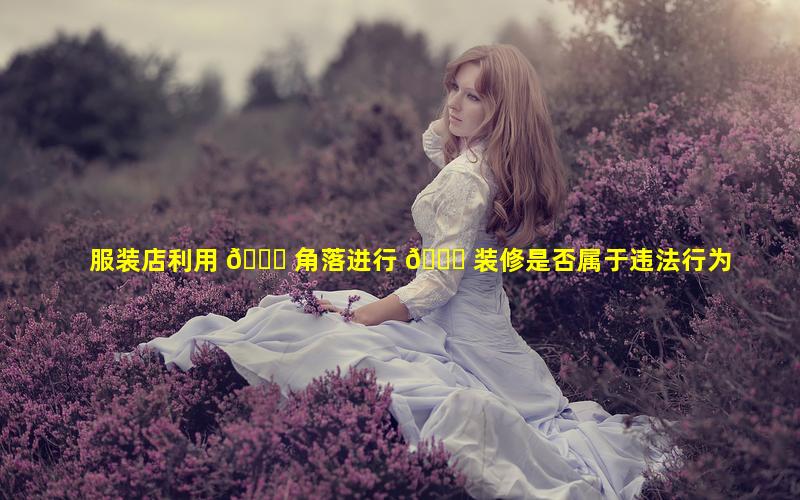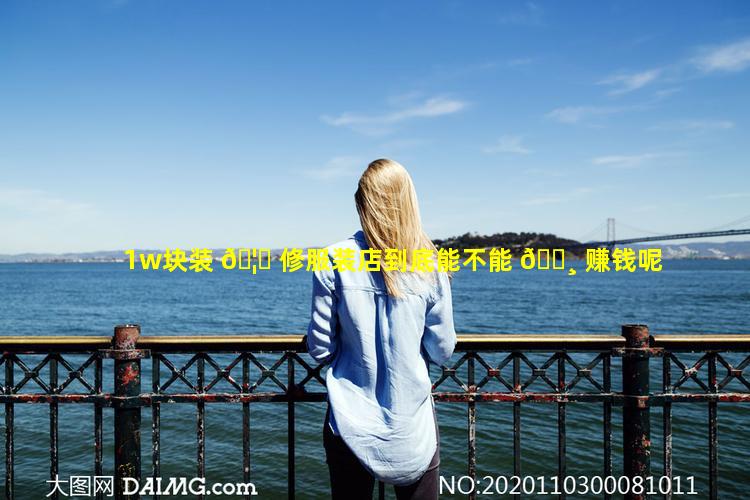服装店与美妆店的装修存在哪些不同呢
- 作者: 杨文烁
- 来源: 投稿
- 2024-10-09
1、服装店与美妆店的装修存在哪些不同呢
服装店与美妆店的装修差异:
1. 空间布局:服装店:通常采用开放式布局,以展示尽可能多的服装和配饰。空间宽敞,便于顾客浏览和试穿。
美妆店:往往采用较私密的空间布局,设有护肤和彩妆体验区。顾客可以舒适地咨询美容顾问并试用产品。
2. 照明:服装店:使用明亮的泛光照明,照亮整个商店,突显服装的细节。
美妆店:采用更柔和、更集中的照明,营造温馨、奢华的氛围。镜子区域通常设有放大灯,便于顾客仔细检查妆容。
3. 墙壁和天花板:
服装店:墙壁和天花板通常使用白色或浅色调,以凸显服装的颜色和纹理。
美妆店:墙壁可能会采用大胆的色彩或图案,以创造醒目的视觉效果。天花板通常较低,以营造亲密感。
4. 地板:服装店:使用坚固耐用的地板,如瓷砖或硬木地板,以承受大量客流。
美妆店:采用毛绒地毯或软木地板,以提供舒适的试穿体验。
5. 展示架和柜台:
服装店:使用各种展示架和衣架,以展示不同类型的服装。
美妆店:设有精致的柜台和陈列架,展示护肤品、彩妆和香水。
6. 陈设和配件:
服装店:可能使用模特人像、衣饰架和镜子,以帮助顾客想象穿着服装的效果。
美妆店:陈列摆放产品样品、美容工具和舒适的座位,让顾客可以体验产品并休息。
7. 技术集成:服装店:可能设有自助售货机、触摸屏和数字标牌,提供有关产品的信息。
美妆店:通常配有增强现实或虚拟试妆技术,让顾客可以虚拟试妆不同的产品。
2、服装店与美妆店的装修存在哪些不同呢英文
Differences in Decor between Clothing Stores and Beauty Stores
Color Palette:
Clothing stores often use neutral colors like white, black, and gray to highlight the clothing.
Beauty stores typically use brighter colors like pink, purple, and blue to create a vibrant and inviting atmosphere.
Lighting:
Clothing stores have bright, even lighting to showcase the clothing's details and colors accurately.
Beauty stores use softer, more diffused lighting to create a relaxing and flattering environment for customers.
Layout:Clothing stores are typically organized by type of clothing (e.g., dresses, tops, pants) and have open floor plans for easy browsing.
Beauty stores are often divided into sections for different product categories (e.g., skincare, makeup, fragrance) and may have more intimate displays.
Displays:
Clothing stores use mannequins and hangers to display clothing items.
Beauty stores use shelves, counters, and displays to showcase products and provide interactive experiences (e.g., makeup stations, skin care samples).
Accessories:
Clothing stores may offer accessories like handbags, jewelry, and scarves to complement the clothing.
Beauty stores sell a wide range of beauty products, including skincare, makeup, hair care, and tools.
Scent:Clothing stores often have a neutral scent or use subtle fragrances to create a welcoming atmosphere.
Beauty stores may use strong fragrances to promote their products and enhance the customer experience.
Music:Clothing stores play upbeat, energetic music to encourage browsing and shopping.
Beauty stores often play softer, relaxing music to create a calming and pampering atmosphere.

3、服装店与美妆店的装修存在哪些不同呢英语
Differences in Interior Design between Clothing and Beauty Stores
1. Color Schemes:
Clothing stores often use bright, vibrant colors to attract attention and create a lively atmosphere.
Beauty stores tend to favor more subdued, sophisticated colors like whites, blacks, and neutrals to evoke a sense of calm and elegance.
2. Lighting:
Clothing stores typically have welllit interiors with ample natural and artificial light to showcase products clearly.
Beauty stores often use soft, flattering lighting to create a welcoming and intimate ambiance.
3. Product Display:
Clothing stores display a wide variety of items on racks, shelves, and mannequins to maximize visibility and encourage browsing.
Beauty stores present their products in organized, aesthetically pleasing displays to enhance their perceived value.
4. Fixtures and Fittings:
Clothing stores often incorporate large mirrors, comfortable seating, and private fitting rooms for customers.
Beauty stores feature specialized equipment like makeup counters, treatment stations, and skincare display units.
5. Ambiance:
Clothing stores aim to create an energetic, social atmosphere that encourages customers to engage with the brand and products.
Beauty stores strive for a more serene, pampering ambiance that allows customers to relax and indulge in their experiences.
6. Scent:
Clothing stores sometimes use subtle fragrances to enhance the shopping experience.
Beauty stores often have distinctive scents associated with their products or brand image.
7. Materials:
Clothing stores may use a mix of materials like wood, metal, and fabric to create a cozy and inviting environment.
Beauty stores often incorporate luxurious materials like marble, glass, and velvet to convey a sense of exclusivity and sophistication.
8. Layout:
Clothing stores typically have a spacious layout with wide aisles to allow customers to move around freely.
Beauty stores may have a more intimate layout with designated areas for specific products or services.
9. Technology:
Clothing stores might use interactive displays, digital signage, and selfcheckout kiosks to enhance the shopping experience.
Beauty stores often offer personalized consultations, virtual tryon apps, and online booking systems for added convenience.
4、服装店和美容店的结合装修图
[服装店和美容店结合装修图]
整体布局:开放式布局,让顾客轻松浏览服装和美容服务。
采用简约现代风格,以白色和木质色调为主。
自然采光充足,营造明亮通风的氛围。
服装店区域:陈列架展示各种服装,从休闲到正式。
设有宽敞的试衣间,配有充足的镜子。
专设配饰区,展示包包、首饰和围巾。
美容店区域:设有美发区,提供剪发、染发和造型服务。
设有护肤区,提供面部护理、按摩和身体护理。
配有舒适的沙发和休闲区。
结合元素:穿衣镜兼作美容服务站,方便顾客即时试妆或造型。
展示区陈列服装和美容产品,交叉推销。
设置连接两个区域的过道,鼓励顾客探索两者。
其他设施:设有舒适休息室,顾客可以在那里放松或等待服务。
配备无线网络,让顾客在等待时保持联系。
提供优质照明,凸显服装和美容服务。




